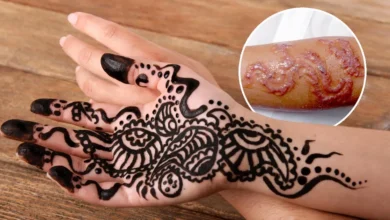5 skin problems that cause changes in skin color, including vitiligo
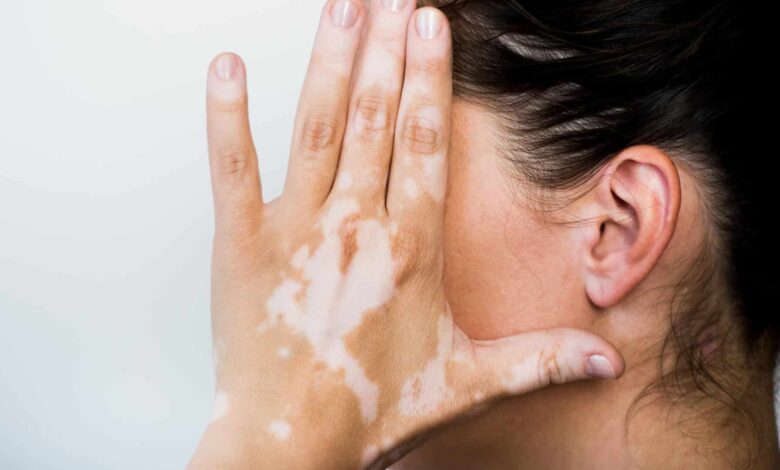
1
There are certain diseases that cause color changes in the skin, which makes it acquire a color other than its natural color as an indication that the person is suffering from a specific skin problem. This happens in particular in the summer, when the climate is hot, which provides favorable conditions to stimulate the appearance of such conditions, and this would provoke many diseases. Fears, stress control and internal anxiety about this being linked to the emergence of a very serious health problem. We will present to you through our next article 5 skin problems that cause changes in skin color.
5 skin problems that cause changes in skin color
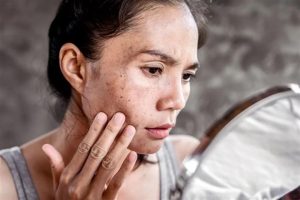

Skin problems that cause changes in skin color
There are many possible reasons why a person may suffer from changes in skin color, which vary from excessive exposure to ultraviolet rays with harmful effects, in addition to hormonal factors that cause a number of changes, and the matter may be due to an inherited genetic mutation or severe allergies. We will discuss the most common skin conditions in which the color changes that are observed are among the most common symptoms
1- Vitiligo
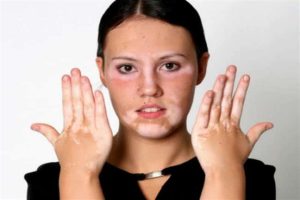

Vitiligo
By looking at vitiligo, which is one of the diseases that indicate the presence of a skin disorder or defect, we will find that the main reason behind its occurrence is related to the body’s lack of levels of melanin, which is the pigment that is naturally produced in the body and gives it its color. When vitiligo occurs, the most prominent sign is the appearance of white spots in different places of the body, as the cells responsible for manufacturing and producing melanin are destroyed or stop working, which results in noticeable changes in skin color. It is important to know that vitiligo does not belong to the type of infectious diseases, meaning that it cannot be transmitted from one person to another.
2- Eczema
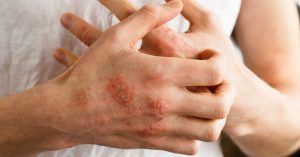

Eczema
The genetic factor is largely involved in causing skin eczema, which refers to dermatitis, which is a type of skin problem resulting from atopic dermatitis associated with hypersensitivity. When afflicted with this condition, the person suffers from a group of annoying symptoms that include extremely dry patches with an exciting desire. In skin scratching, it has been shown that there is a difference in symptoms from one person to another due to the varying nature of people’s bodies, but what is clearly observed is those changes in skin color that may be brown, purple, or gray, especially if you have dark skin, but those with light skin. When they have eczema, they turn red.
3- Sunstroke
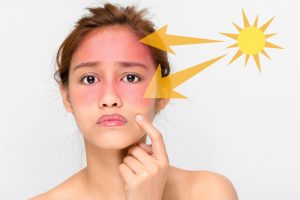

Sunstroke
You may be forced to go out every day and have intense exposure to the scorching rays of the sun, which makes you notice this direct effect that spending a long time under the harsh rays has. This leads to changes in the color of the skin in different parts of the body, including the earlobes, scalp, and lips, in addition to noticing redness. It is severe on the face to the point that it turns pink or red, and as more time passes, the continued long-term effect accelerates the development of deep facial wrinkles, and ends with the appearance of pigmentation and dark skin spots.
4- Contact dermatitis
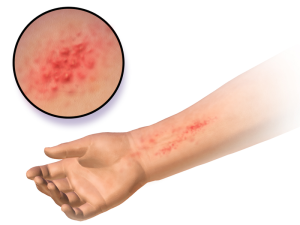

Contact dermatitis
A form of skin inflammation that, according to its name, is associated with skin contact with an allergen. This type of eczema may arise as a type of allergic reaction to one of the things that stimulate the skin, causing it to become irritated and inflamed with an itchy rash, after using aromatic soap products, cleaning products, or skin care products. Cosmetic surgery, and then color changes occur in the skin, becoming inflamed and red.
Read also Albinism… How can one live with this genetic disorder?
5- Anaphylactic shock
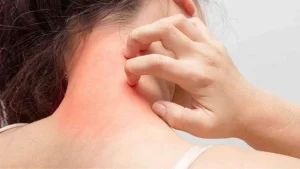

Anaphylactic shock
Not all trauma is psychological. Rather, the skin can be exposed to a shock that causes serious damage that leads to its destruction. This can be caused by several causes, including burns, blisters, or infection, all of which cause the appearance of discolored spots, whether darker or lighter than the natural color of the skin. You may not need it. For medical treatment, it may undergo improvement on its own. However, if you want to use topical creams to get rid of the skin effects it leaves behind, you must ask the specialist doctor first.


